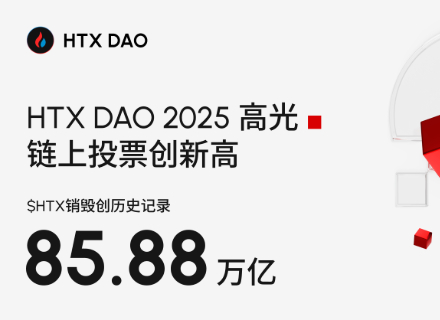Bitcoin ETF Inflows Hit 3-Day Streak: Smart Money or Bull Trap? | ETF News
Bitcoin ETFs are seeing notable inflows, reflecting renewed institutional interest as BTC climbs above $90,000, though bearish signals in the derivatives market suggest caution.
Yesterday, Bitcoin exchange-traded funds (ETFs) saw significant inflows, marking the third consecutive day of net positive flows.
With BTC now trading back above the $90,000 mark, signs point to renewed institutional interest, as major players appear to be piling back into the market after weeks of caution.
BTC ETF Inflows Jump 146% in a Day
On Wednesday, net inflows into US-based spot Bitcoin ETFs surged to $936.43 million, a 146% jump from the $381.40 million recorded the previous day.
 Total Bitcoin Spot ETF Net Inflow. Source:
SosoValue
Total Bitcoin Spot ETF Net Inflow. Source:
SosoValue
This also represented the largest single-day inflow since January 17, signaling a notable resurgence in institutional demand for BTC exposure.
Ark Invest and 21Shares’ ETF ARKB led the inflow charge, recording the highest daily net inflow of $267.10 million, bringing its total cumulative net inflows to $2.87 billion.
Fidelity’s ETF FBTC followed with a net inflow of $253.82 million. The ETF’s total historical net inflows now stand at $11.62 billion.
BTC’s Price Pumps, But Derivatives Traders Bet on a Fall
On the derivatives side, open interest in BTC futures has also climbed, reflecting the increased trading activity and speculative positioning as the coin attempts to stabilize above $90,000.
BTC trades at $93,548 at press time, noting a 6% price surge over the past day. During the same period, its futures open interest has also risen by 16%. As of this writing, it stands at $67.19 billion, its highest level since January 24.
 BTC Futures Open Interest. Source:
Coinglass
BTC Futures Open Interest. Source:
Coinglass
When an asset’s price and open interest rise simultaneously, it signals strong conviction behind the move. It means more capital is entering the market to support the uptrend.
However, not all indicators point to bullish sentiment.
Despite BTC’s price surge over the past day, the funding rate remains negative, suggesting that traders are paying a premium to short the coin in the futures markets. The coin’s funding rate is currently at -0.01%.
 BTC Funding Rate. Source:
Coinglass
BTC Funding Rate. Source:
Coinglass
BTC’s negative funding rate means that shorts are paying longs to keep their positions open. This indicates that more traders are betting against BTC’s current rally and are anticipating a bearish reversal.
Additionally, the put-to-call ratio leans bearish. This confirms waning investor confidence and expectations of downward price movement among BTC options traders.
 Bitcoin Options Open Interest. Source:
Deribit
Bitcoin Options Open Interest. Source:
Deribit
With BTC hovering above a key psychological level and institutional inflows rising, the coming days could reveal whether this momentum holds.
Disclaimer: The content of this article solely reflects the author's opinion and does not represent the platform in any capacity. This article is not intended to serve as a reference for making investment decisions.
You may also like
SOL drops to 5-month low despite Solana spot ETF success: Is $100 next?

Major Overhaul in US Crypto Regulation: CFTC May Fully Take Over the Spot Market
The US crypto regulatory framework is undergoing a redistribution of authority, with clear divisions of responsibility between the CFTC and SEC: the SEC focuses on securities, while the CFTC is responsible for the spot market of digital commodities. The advancement of new bills and the arrangement of hearings indicate that the regulatory boundaries have been formally clarified in official documents for the first time. Summary generated by Mars AI. This summary is generated by the Mars AI model, and the accuracy and completeness of its content are still being iteratively updated.

Oil price rebound alert! Russia's largest oil port attacked, 2% of global supply disrupted
A Ukrainian drone attack has caused the suspension of oil exports at Russia's Novorossiysk port, interrupting a daily supply of 2.2 million barrels. As a result, international oil prices surged by over 2%.

When traditional financial markets fail, will the crypto industry become a "pressure relief valve" for liquidity?
The twilight of financialization: when debt cycles can only create nominal growth.

